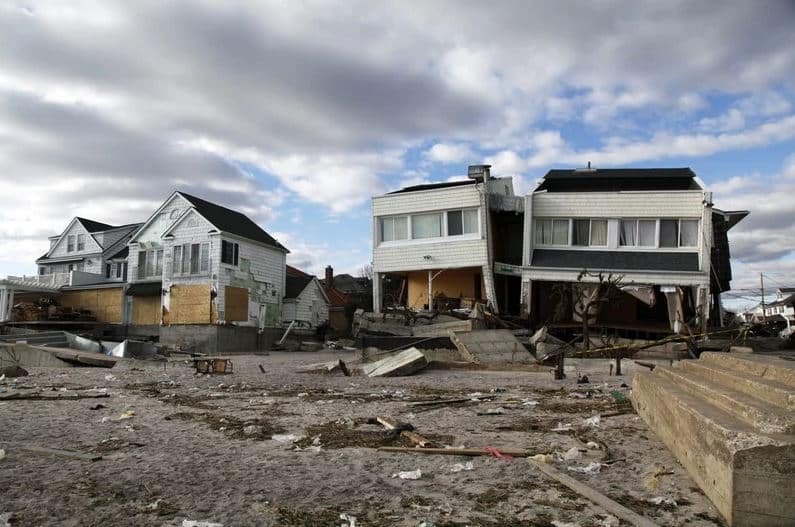
Commercial Insurance Claim After a Natural Disaster. Across the world, fires, floods, and devastating weather events are occurring more often and with more devastating results. Not only do these natural disasters disrupt lives and businesses, but they can be costly to build back from.
One of the most notable recent disasters in North America was the flooding throughout the British Columbia interior, which wiped out mountain highways and caused extensive flooding in the agricultural heartland of the Sumas Prairie. The floods also impacted communities in Washington state to the south.
New estimates suggest that the 2021 floods in B.C. could wind up costing more than $2 billion, making it the most expensive natural disaster of the decade in Canada, surpassing the 2013 flooding in Alberta that led to damages of over $1.3 billion.
Flood Insurance Claims Are Key to Rebuilding Businesses
These disasters damage homes and businesses and can even disrupt key infrastructure. For thousands of people, life gets put on hold until they can rebuild, and an essential part of that process is the insurance claim.
For affected B.C. businesses, the results from their flood insurance claims can make or break their livelihood. Without the insurance money to replace lost equipment, inventory, tools, and lost business income, they can wind up too deep in debt to reopen their doors.
During natural disasters, insurance companies that operate in the region are inundated with insurance claims. That can make it a challenge for residents and businesses to get the amounts that they are owed. As insurance companies clamp down on costs, it helps to know what you’re entitled to.
Making an Insurance Claim for Lost Equipment
Farming businesses in British Columbia lost thousands of dollars in equipment as floodwaters swept it away, alongside crops and livestock.
One distinction that can help you make your claim simple to process is understanding the difference between equipment, contents, and inventory. As a general rule:
- Inventory is created, modified, or sold by the business
- Equipment is a fixed asset, such as a machine, container, or fixture
- Contents are other lost property, such as office furniture
Replacing Lost Business Income After a Flood
One of the toughest parts of recovering as a business is keeping up with your obligations, including debt payments and payroll, without earning an income. Unless you can keep up with your debt payments, you could wind up having to enter bankruptcy.
Businesses that have insured their income have a better chance of making it to the end of their recovery period. Business interruption insurance will replace your business income so that you can keep up with debt repayments and payroll to stay afloat while you finish the insurance claim and rebuild your business. It can help make sure you can replace your equipment and keep skilled employees available.
You may need to prove your business income to the insurer, but your books and accounting should help you work backwards to prove what your income likely would have been during the period of loss.
Make sure your company has business interruption insurance if you’re worried about a natural disaster disrupting your operations.

